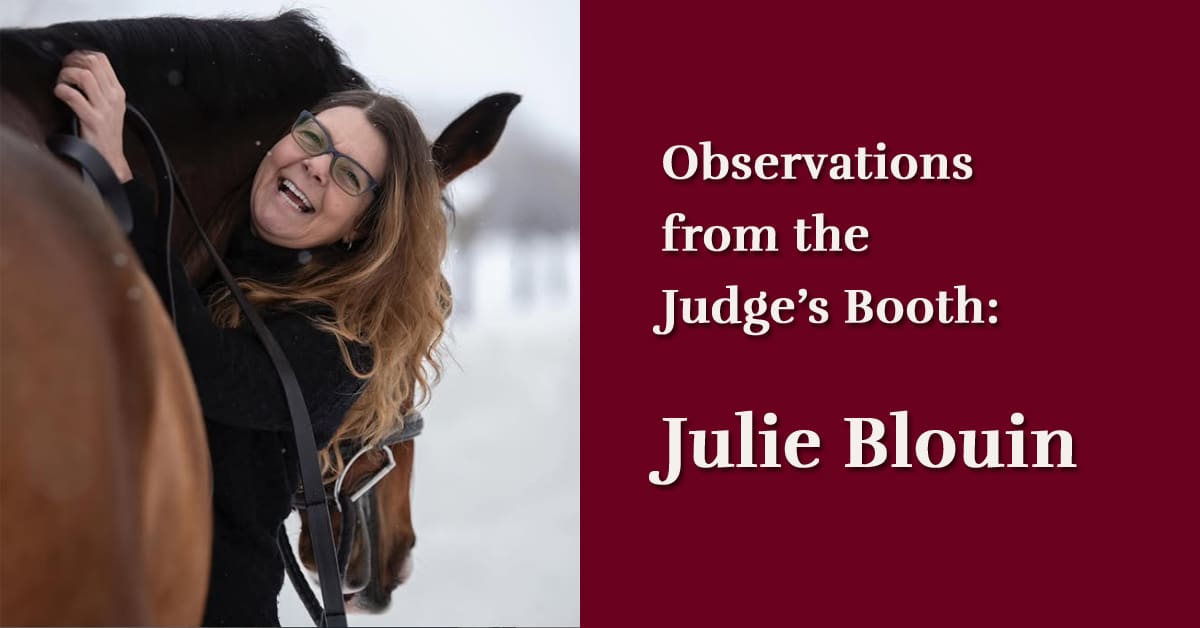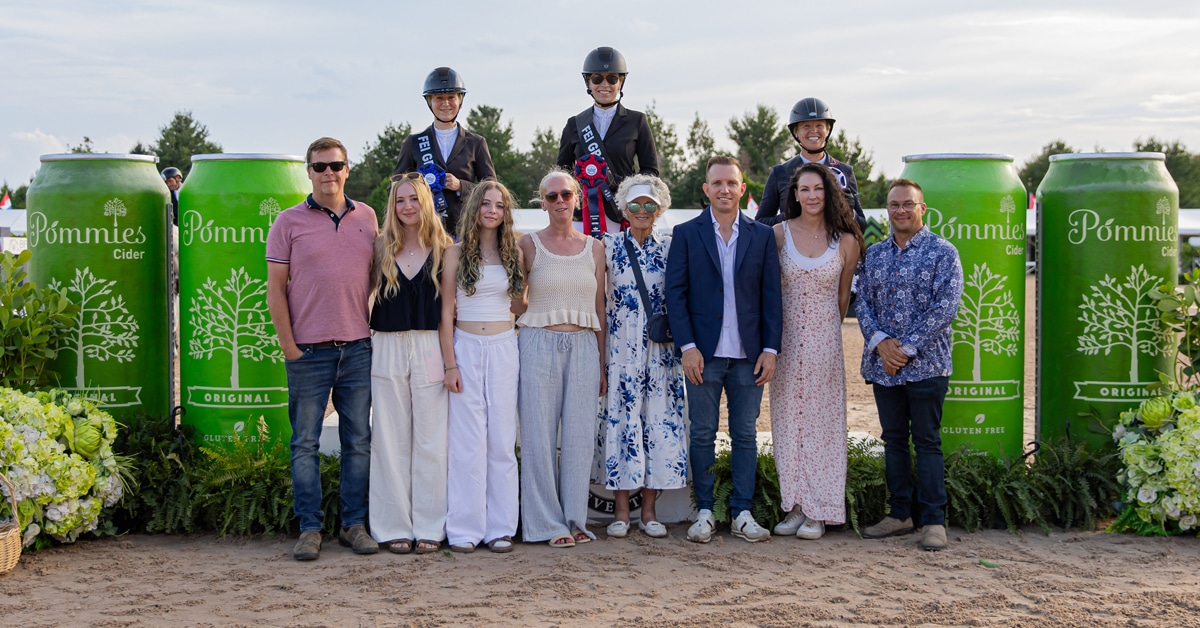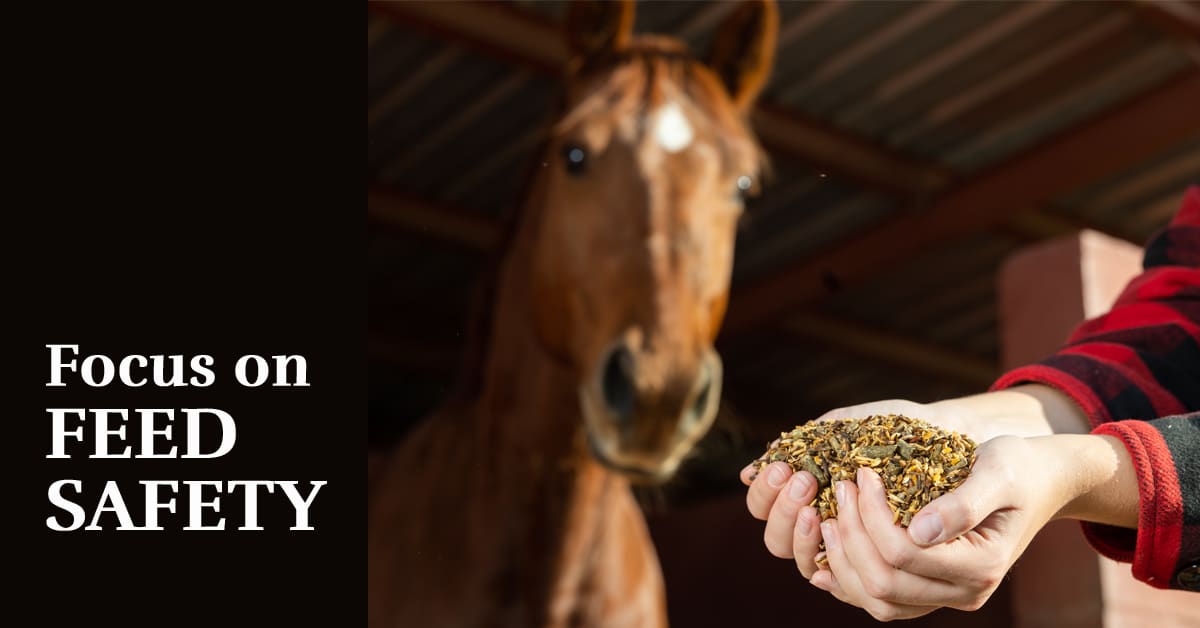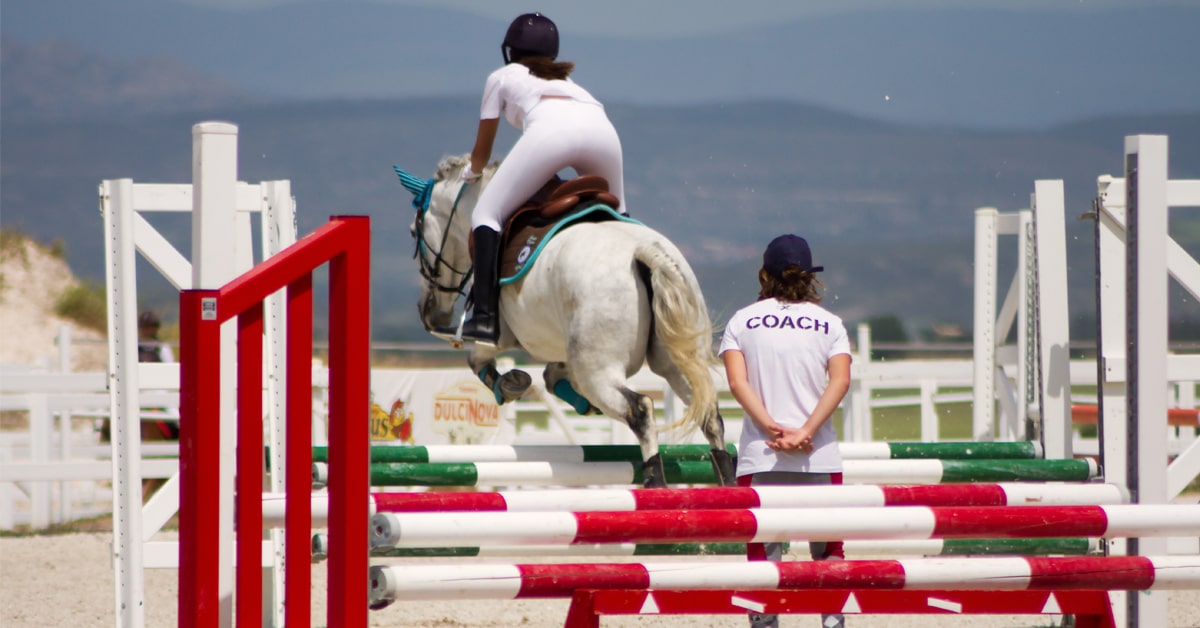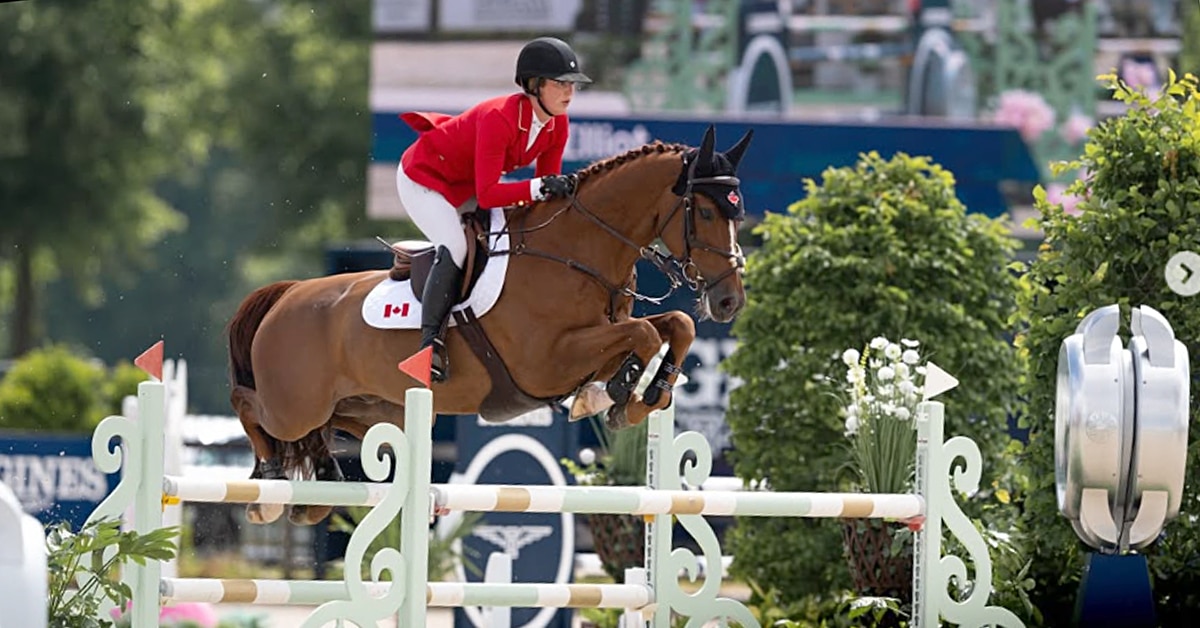He has been Olympic champion twice and a member of show jumping’s elite fraternity for years. In fact, there was a time when Lars Nieberg was hardly ever not on a German team. But then it began to get a little bit quiet and for about five years Lars Nieberg’s career as international show jumper was practically catatonic.
But last January when the German championship A cadre was announced, Lars Nieberg’s name was on the list. This 50-year-old centurion is back and with a clear goal: Rio 2016.
Hunky Dory
For 23 years, Lars Nieberg, winner of team gold medals in Atlanta (1996) and Sydney (2000) called the studfarm, Wäldershausen, home. In the beginning it was just Lars and his wife Gitta. Their first son Gerrit arrived in 1993 and 16 months later Max joined the family. The Nieberg quartet was complete. Lars was sponsored and employed by Katarina Geller to run Wäldershausen and everything was ‘hunky dory’; that is, until about four years ago when Geller decided very unexpectedly to withdraw from the equestrian business.
That left Lars with a hefty decision – would he, or would he not, risk the jump into self-employment and take on the 40-acre stud farm as his own? He decided to take the risk. On April 1st 2010 Lars signed all the necessary papers which made him tenant of the estate Wäldershausen. “The days of a fixed salary were gone,” Lars recalls thinking at the time.
“A philosopher said one day: ‘It is not bad, if you do not reach your goals, but it is really bad, if you never go your own way and try to reach them.’ These words, or very similar, were his words – and that is exactly my philosophy,” says Lars.
Fast forward to December 2012, only three days before he was due to renew his contract for Wäldershausen. The phone rings. On the line is Hendrik Snoek, proprietor of Gut Berl, one of Germany’s premier equestrian establishments. Snoek was European Champion with the German team in 1975 and continues to be very much involved in the German equestrian scene. He inherited Gut Berl from his father.
Snoek was looking for a successor to Kurt Gravemeier, who managed Gut Berl, as well as the German team, for many years. He had asked Lars’ long-time friend and former teammate Otto Becker, the current German team manager, to recommend someone.
“The job at Gut Berl is about equestrian sport, breeding and cooperation with people. That’s why Otto thought about me as soon as he heard it,” says Lars. “My first thought was: ‘Nice idea. I should sleep on it for a night.’ ”
Good Timing
Snoek’s timing was optimal without him even knowing it. There were only eight weeks between Snoek’s call and Lars packing all his belongings, horses and family and heading for Snoek’s show jumping stable and stud farm 300 kilometers away in Münster. The decision to move was emotional, no doubt about that, but it was taken in the best interests of the future and for his family’s security, Lars explains.
“Wäldershausen had been our home, it was hard to imagine a Wäldershausen without Niebergs,” he emphasizes. “We really felt at home there and we always had a very good and friendly relationship with Katarina Geller. The three years of self-employment were nice and I had a good team in Wäldershausen. But then, to my amazement, my wife and children were already focusing their thoughts on Münster.”
A year ago last month, Lars took over as the manager of Gut Berl. But he didn’t part from Wäldershausen completely. Today he still keeps around 20 horses there and runs his own little breeding program. “Two of my former employees are still there and look after my horses,” says Lars. Keeping the connection alive is important for him. “This is a matter very dear to my heart.”
Lars brought 20 horses, mainly competition horses, to Münster. He is working six to eight horses a day and both his sons are equally well-occupied.
“At Gut Berl we are in the middle of Germany’s horse region. There are more shows and the whole equestrian environment is much better,” explains Lars. “Quite often people just drop in looking for a horse. That is something that never happened in Wäldershausen.”
All In The Family
The Niebergs work together as a family. Gitta is in charge of the management of the stable, the competition entries, and keeps the books. A former show jumper herself, she met Lars when she was working for Olympic rider Peter Luther and Lars was riding for Achaz von Buchwaldt. Serious knee problems prevent Gitta from riding these days but she loves to be in the arena, helping with the fences, giving instructions or just watching her husband and sons. Her favorite among the horses is the seven-year-old A Conto Son by A Conto As, who himself is a son of Adlantus As, one of Lars’ most successful horses. “I have worked with A Conto Son since he was two years old,” says Gitta. “Now Lars is going to take him over and bring him into the sport.”
Altogether there are 13 employees at Gut Berl and most are accommodated on site in six staff apartments. Lars’ son Max is presently doing his apprenticeship with his father while Gerrit has already finished his apprenticeship as an articled clerk and belongs now to a team of young show jumpers supported by the German Olympic Equestrian Committee. He plans to study Equestrian Science by correspondence course.
“If my kids weren’t that enthusiastic about horses and horse sport, I wouldn’t be that ambitious anymore,” Lars reveals. “But they are really talented and committed. If you want to offer your kids good horses and you cannot afford to buy ‘readymade ones’, you have to invest a lot in young horses. And for that you have to sell a good one from time to time in order to be able to finance the other ones.”
Lars is happy to admit that his sons weren’t always so keen on horses. “When they were younger both of them preferred soccer. But I could understand that. When I was a kid if somebody took a ball away from me, I used to follow them until I got it back.”
Training And Breeding
Lars is responsible for about a hundred horses at Gut Berl. Forty to 50 horses are under saddle in training, while another 40 to 50 are part of the breeding program. The two barns are only 100 meters apart and share the 148 acres of grazing. The breeding stable is managed by a long time employee of Gut Berl, Reinhard Mentrop, but Lars is responsible for which stallions cover which mares.
“For me it is most important that you have outstanding results in the maternal lines and we definitely have some really good mares here at Berl,” he says.
The foals stay until they are three years old. They are then sent to various farms for their initial education before being assessed. “When they have been under saddle for six to eight weeks we look at them and decide where we go from there.”
For owner Hendrik Snoek, Gut Berl means having fun with horses. For more than 40 years he has watched the home bred foals develop and become successful in sport. He’ll drop in three times a week to meet with Lars and check on things. They have a close cooperation but the daily operation is totally up to Lars.
Sport and breeding are the cornerstones of the operation at Gut Berl. “Possibly we will cut back a bit on the breeding and concentrate even a bit more on sport in future,” says Lars. “Particularly in terms of training young horses up to top level. When we have to sell a horse now and then, we don’t want to just burn the money,” he laughs. Lars is also very keen on the idea of teaching riders. “I do that at the moment only very sporadically because I don’t have enough time. When I start to ride a little less I would like to do it more intensively.”
A Year On Target
At the moment, the former Olympic, World and European team champion has a more pressing engagement. With four Grand Prix horses in the stable he hopes he’s on target for the next Olympics in Rio de Janeiro. First in the string is the 11-year-old Larenco-daughter Leonie which he has been riding for just over a year. “She has been placed in the front row in nearly every Grand Prix she has jumped. In January she was third in the World Cup at Leipzig. She surely is a horse for a championship.”
Lars had a stab at one in April but the World Cup Final came around just a bit early for the pair. “It was a marvelous show, but not for me,” Lars says. “At the beginning of the year, after Leipzig and Zürich, I gave Leonie a break. She took more time than I expected to bring back to peak condition. I needed more time before Lyon. The first two rounds weren’t bad but in the end Leonie ran out of energy.”
There’s also the 13-year-old Galippo, 11-year old Casallora (by Casall) and 10-year-old licensed Colman-son Contagio. Lars bred Galippo himself. He rode Galippo’s father Giorgio and the dam’s sire For Pleasure with great success.
Casallora and Contagio are relatively inexperienced. “Contagio has only been in the sport for about a year and a half,” Lars explains. “He got injured while covering and was out of action for two years. He has a lot of scope for the sport and is really easy to handle.”
Ultimate Objective
With these horses and others Lars is edging closer to a return to show jumping’s premier league, and for someone who has nearly 50 Nations Cup appearances for Germany on his resume, a spot on the championship team will always be his ultimate objective. There is always the possibility that that ambition could be fulfilled this summer in Normandy. However, making the World Equestrian Games team won’t be easy. Daniel Deusser, Ludger Beerbaum, Marcus Ehning and Christian Ahlmann, among others, all have their eye on that prize too.
“Lars Nieberg is a team rider par excellence,” comments former national coach, Herbert Meyer. “He is someone you can rely on one hundred percent.”
Those are the sort of credentials selectors are always seeking and Lars can always be proud of, no matter where they take him in the future.
The Latest

